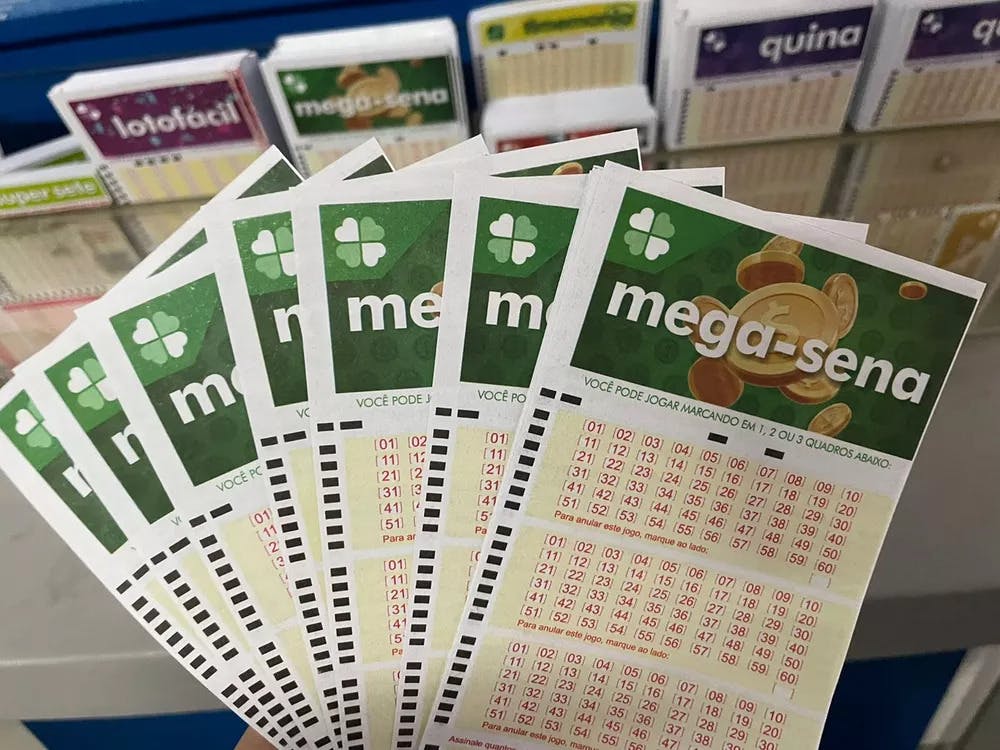The Mathematics Behind the Chances of Winning the Lottery
Understand how lottery odds are calculated and what these numbers actually mean for players
The Lottery House
tags:
curiosity
probability

The Truth Behind the Odds
Winning the lottery is a dream shared by millions of people around the world. The idea of forever transforming your financial life with a simple bet is incredibly tempting. However, while many players are captivated by the allure of large prizes, few understand the real odds of becoming a winner. After all, what lies behind the numbers that determine your chances of winning? How are the odds calculated and, more importantly, what do they really mean for those who play?
In this article, we will explore the mathematics behind lotteries, revealing in an accessible way how these probabilities are constructed and the impact they have on your chances of success. By understanding these concepts, you will be able to make more informed decisions when playing, balancing the excitement of participating with the reality of the numbers. Let's uncover the mystery and shed light on the mathematical truths that shape lottery luck.
How Do Lottery Odds Work?

To understand probabilities, it is essential first to grasp the basic concept of combinations, a mathematical tool used to calculate how many different ways a set of numbers can be selected. Let's take Mega-Sena, one of the most popular lotteries in Brazil, as an example. In it, the bettor must choose 6 numbers out of 60 available.
The formula for calculating the possible combinations of 6 numbers chosen from a total of 60 is given by:
C(n,k)=k!(n−k)!n!
Here, n is the total number of elements (60 in the case of Mega-Sena) and k is the number of elements chosen (6 numbers). The symbol "!" represents the factorial of a number, which is the product of all positive integers less than or equal to it.
Replacing the values:
C(60,6)=6!(60−6)!60!=6!×54!60!.
Calculating this, we get 50,063,860 possible combinations. In other words, the chance of hitting the 6 numbers in Mega-Sena with a single bet is 1 in 50,063,860. The more numbers the bettor plays, the greater the chances of winning.
Odds in Other Lotteries

Although Mega-Sena is the most well-known example, each lottery has its own odds based on the number of options and the structure of the game. Let's take a look at some other popular lotteries and their chances of winning.
Lotofácil
In Lotofácil, the player selects 15 numbers out of 25. The chances of hitting all 15 numbers with a single bet are much better than in Mega-Sena, approximately 1 in 3,268,760. Although still difficult, this probability is significantly more favorable to players, making Lotofácil a popular option.
Quina
In Quina, the player selects 5 numbers out of 80. The probability of hitting all 5 numbers with a single bet is 1 in 24,040,016. Although the odds are lower than in Lotofácil, they are still better than in Mega-Sena.
Lotomania
In Lotomania, the player selects 50 numbers out of 100, and to win the main prize, needs to hit all 20 numbers drawn. The chances are 1 in 11,372,635, once again demonstrating that each lottery has a unique structure that affects the odds of winning.
Strategies and Superstitions: Do They Help?

Given the odds, many players turn to strategies and superstitions in hopes of improving their chances. However, it is important to understand that lotteries are games of probability, and each number has an equal chance of being drawn, regardless of any perceived pattern or strategy.
Some people prefer to play with numbers that have personal significance, such as birthdays or important dates. Others try to identify patterns in past draws, believing that certain numbers are "hotter" than others. While these approaches may make the game more fun, they do not increase the actual chances of winning.
In contrast, some mathematical strategies may be more rational. For example, many players opt to join syndicates, where the ticket cost is shared among several participants, thus increasing the number of bets made. Although the chances of winning increase, the prize is also divided among the members, which may reduce the amount received by each winner.
The Impact of Mathematics on Decision Making

The understanding of probabilities should ideally influence bettors' decisions. Knowing that the chance of winning the top prize in a lottery is extremely low can help people moderate their expectations and play more consciously.
The most important thing is that bettors understand that the lottery is, above all, a game of probabilities. The math behind these probabilities shows that while it is possible to win, the chances are extremely small. This doesn't mean you shouldn't play, but that you should play responsibly, without compromising important personal finances.
Conclusion:

The probabilities of winning the lottery are calculated through simple mathematical principles, but the results are often surprising to those unfamiliar with the math of combinations. Understanding these probabilities is essential for bettors, as it offers a clear view of the real chances of winning and helps set more realistic expectations.
Although the math may seem discouraging, it also highlights the importance of playing responsibly. The lottery can be an exciting form of entertainment, but it is crucial to remember that the chances of winning the grand prize are extremely low.
Ultimately, knowing the math behind lotteries does not diminish the excitement of participating, but offers a solid foundation for bettors to make more informed and sensible decisions. So, the next time you buy a lottery ticket, remember: luck may be on your side, but math is always at play.